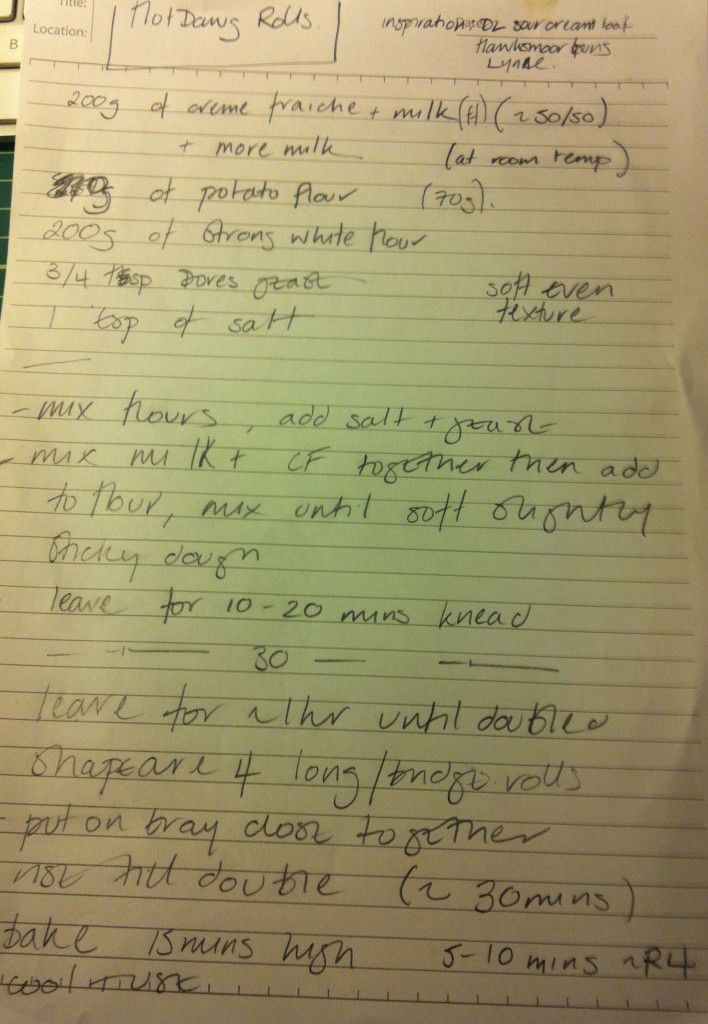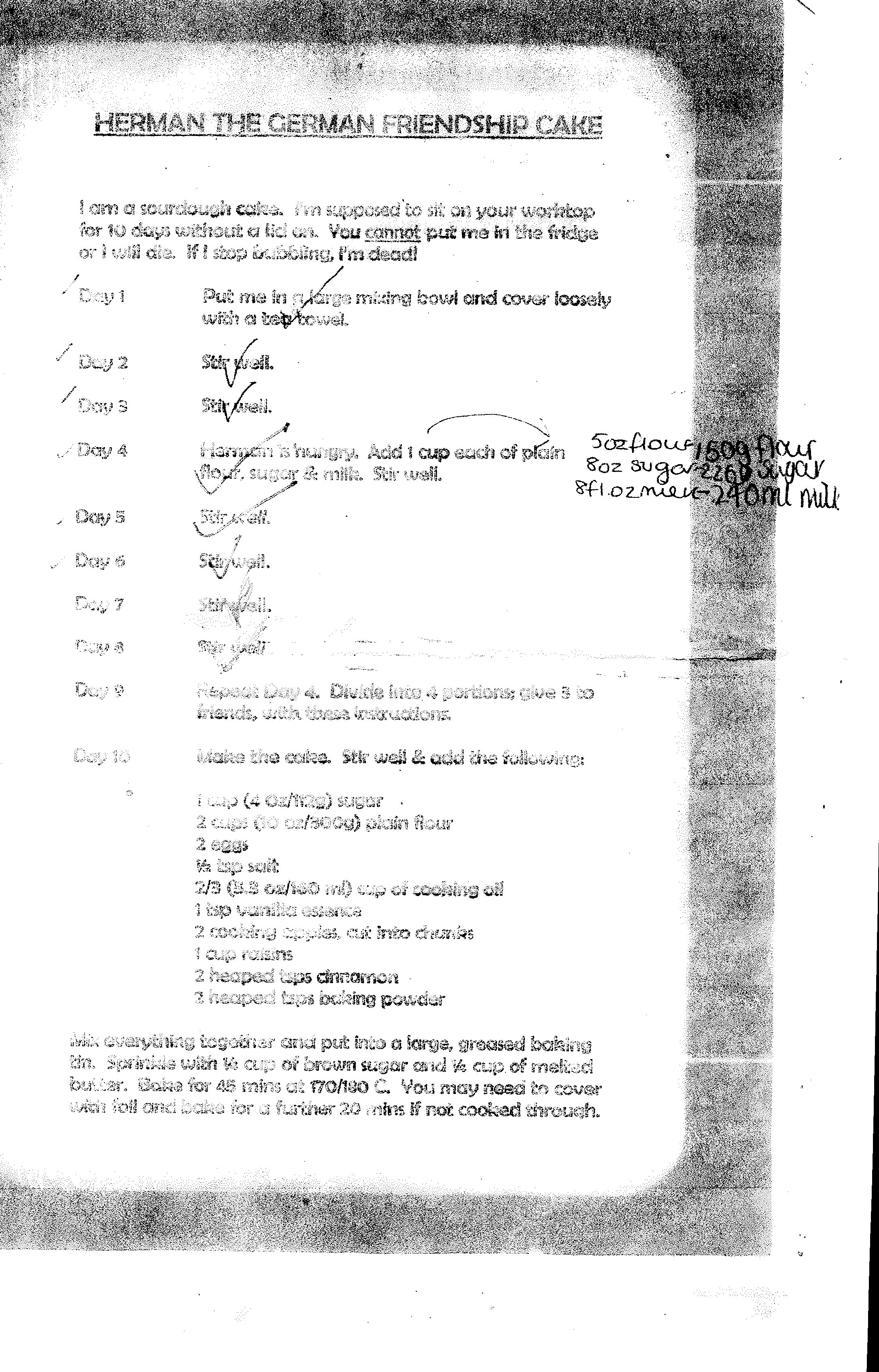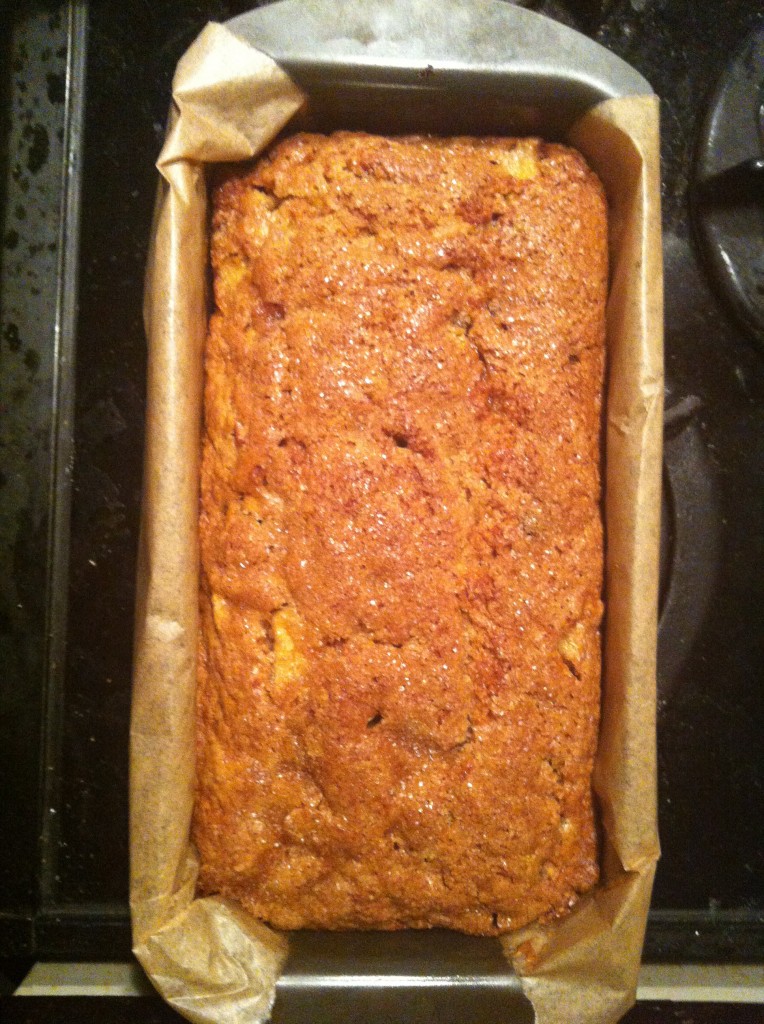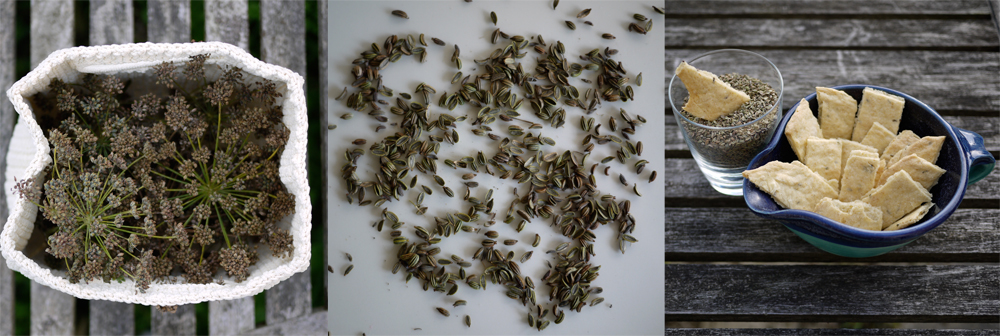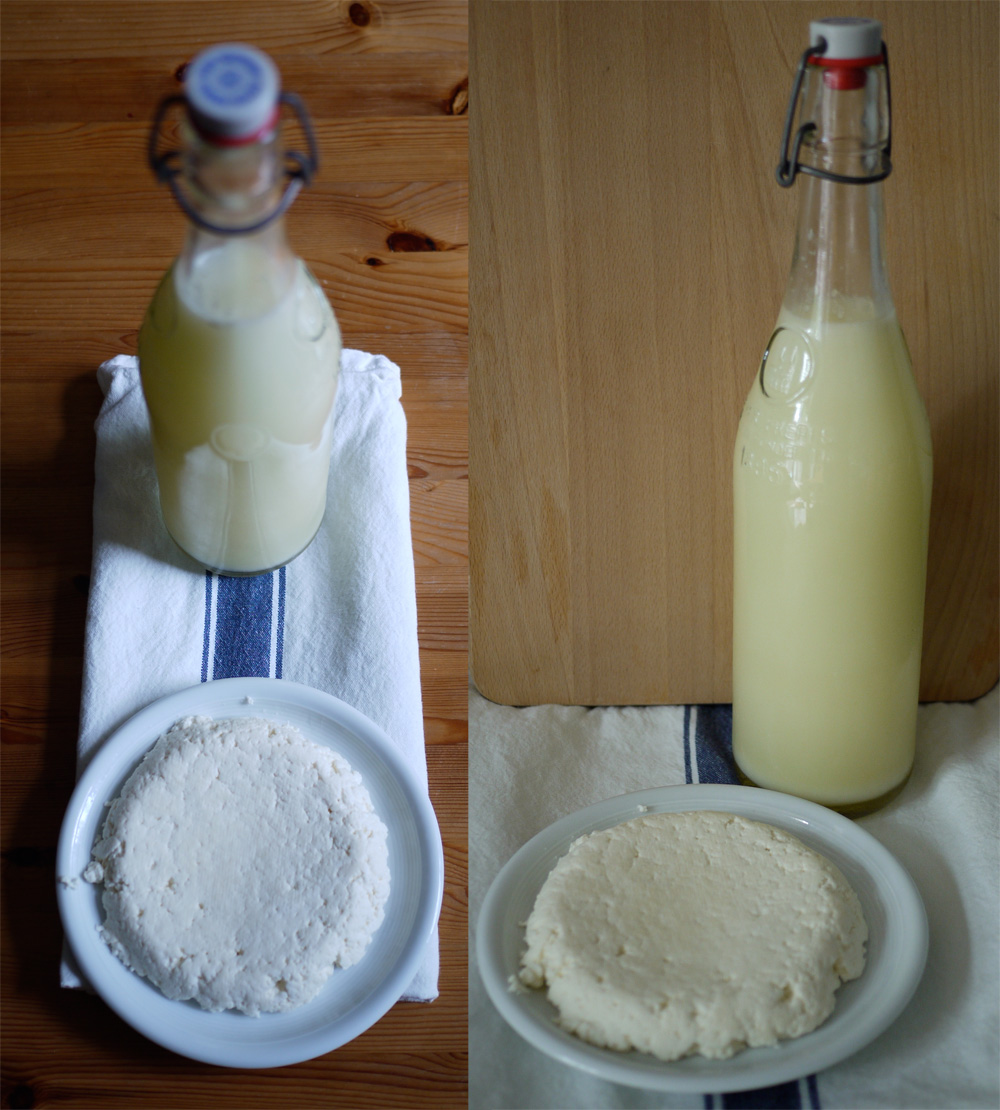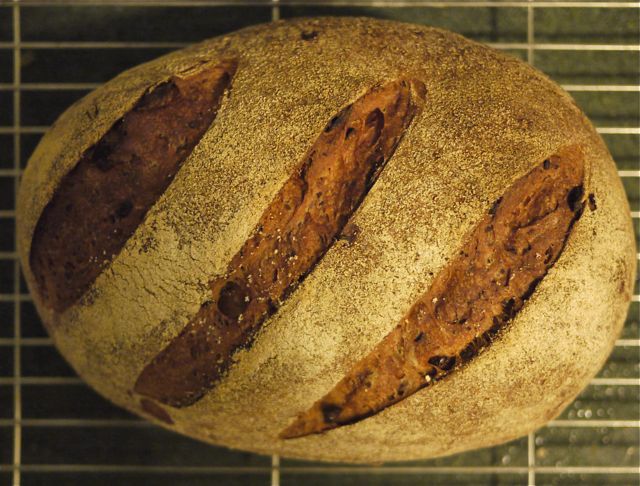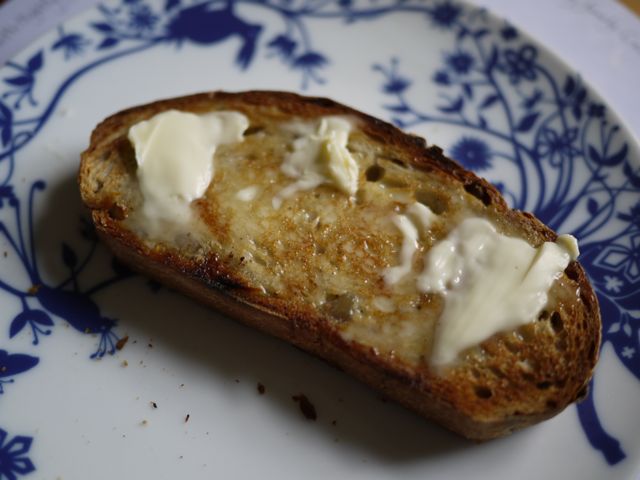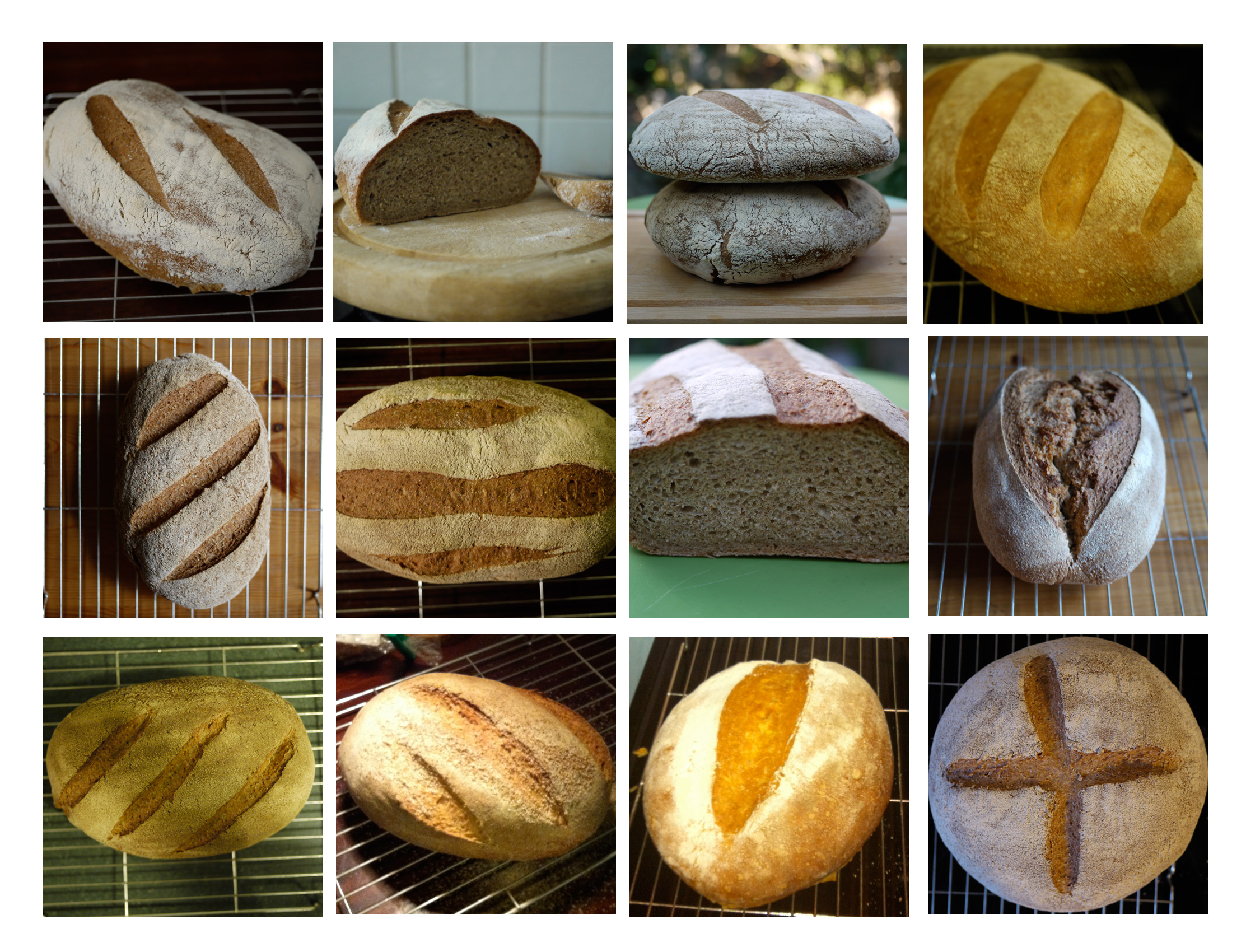I like experimenting with bread recipes and I’ve got to a pretty perfect burger bun that is also great for breakfast bacon baps.
Recently we spotted some REAL hot dogs sausages from Unearthed and decided to give them a go. And so began a quest to find a good hot dog bun recipe.
Asking about on twitter led me to some recipes from Dan Lepard, Hawksmoor and also some tips from twitter friend Josordoni. I was aiming for soft but quite densely chewy and no sweetness.
After reading around and peering in the fridge to see wht was to hand this is what I came up with:
For the avoidance of doubt here’s what its says (with added extra comments):
200g of creme fraiche and full fat milk combined (roughly a 50:50 mix)
plus more milk as needed to make a soft slightly sticky dough
70g of potato flour
200g strong white flour
3/4 tsp of Doves dried yeast
1 tsp fine sea salt
Mix the flours, salt and yeast together in a large bowl
Mix the milk and creme fraiche and beat lightly to get it thoroughly mixed
Add the liquid to the flour and mix to a soft slightly sticky dough, use more milk if you need to
Cover and leave for 10-20 minutes then knead gently (i.e. ten turns or folds, see here for method) on lightly oiled surface
Cover and leave for 30 minutes and knead again gently
Cover and leave for an hour until doubled in size
Knead lightly then shape into four long, bridge, submarine type rolls
Put ona baking try close together but not quite touching
Leave to rise until double in size (this took about 30 minutes)
Pre heat oven to highest setting
Bake at this temperature for 15 minutes then drop temperature to R4/180C and bake for a further 5 to 10 mins
Leave to cool
Slice in half but leaving a slight hinge down the long side, fill with frankfurters and condiments of your choice.
